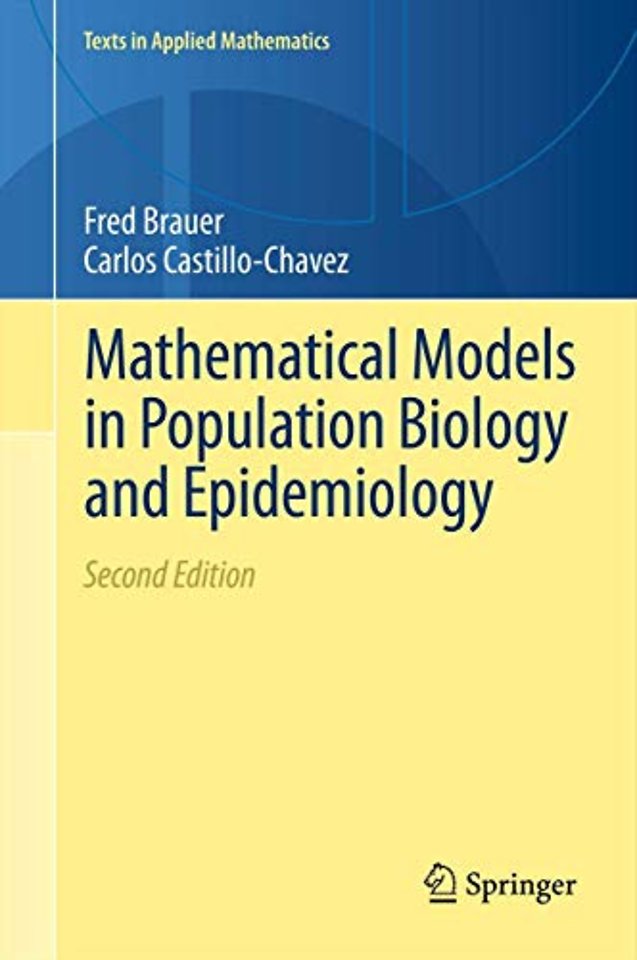Mathematical Models in Population Biology and Epidemiology
Samenvatting
The goal of this book is to search for a balance between simple and analyzable models and unsolvable models which are capable of addressing important questions on population biology. Part I focusses on single species simple models including those which have been used to predict the growth of human and animal population in the past. Single population models are, in some sense, the building blocks of more realistic models -- the subject of Part II. Their role is fundamental to the study of ecological and demographic processes including the role of population structure and spatial heterogeneity -- the subject of Part III. This book, which will include both examples and exercises, is of use to practitioners, graduate students, and scientists working in the field.

